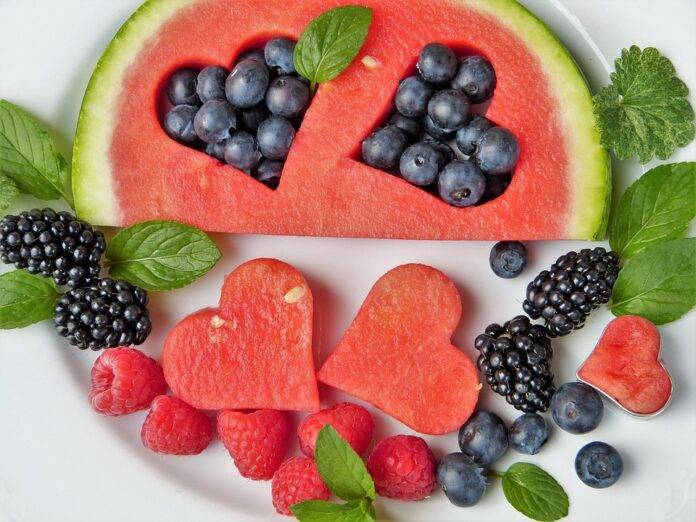High Fructose Corn Syrup vs. Fruit-Based Fructose Comparison and Trends
Introduction
High fructose corn syrup (HFCS) and fruit-based fructose are two common sweeteners used in the food and beverage industry. While both provide sweetness to products, there are significant differences between the two in terms of production, health implications, and consumer preferences.
Production Process
HFCS is produced by processing corn starch to yield glucose, which is then further processed to produce fructose. This process involves chemical reactions and enzymes. On the other hand, fruit-based fructose is naturally occurring in fruits and is extracted through processes like juicing or drying.
Health Implications
There has been a lot of debate surrounding the health implications of HFCS. Some studies suggest that excessive consumption of HFCS can lead to obesity, diabetes, and other health issues. In contrast, fruit-based fructose, when consumed in moderation, can provide essential vitamins and nutrients along with sweetness.
Consumer Preferences
In recent years, there has been a shift in consumer preferences towards natural and healthier ingredients. This has led to a decrease in the use of HFCS in many food and beverage products. On the other hand, the demand for products sweetened with fruit-based fructose has been on the rise due to the perception of it being a more natural and healthier option.
Industry Trends
The food and beverage industry has been responding to these changing consumer preferences by reformulating products to use natural sweeteners like fruit-based fructose. Many companies have also started promoting their products as being free from HFCS to cater to health-conscious consumers.
Financial Data
According to industry reports, the global market for HFCS was valued at $4.8 billion in 2020. However, the market is expected to decline in the coming years due to the shift towards natural sweeteners. On the other hand, the market for fruit-based fructose is projected to grow at a CAGR of 8.5% from 2021 to 2026, reaching a value of $3.2 billion.
Key Players
Some of the key players in the HFCS market include Cargill, Archer Daniels Midland Company, and Ingredion Incorporated. These companies dominate the market for HFCS production and supply. On the other hand, companies like Tate & Lyle, DuPont, and Roquette Frères are leading players in the fruit-based fructose market.
Conclusion
In conclusion, the comparison between high fructose corn syrup and fruit-based fructose highlights the growing trend towards natural and healthier sweeteners in the food and beverage industry. While HFCS continues to be widely used, the demand for fruit-based fructose is on the rise due to changing consumer preferences. Companies in the industry are adapting to these trends by reformulating products and promoting natural sweeteners to meet the demands of health-conscious consumers.




